2018 – A divisive twelve months, but greener pastures await (in Hackney at least!)
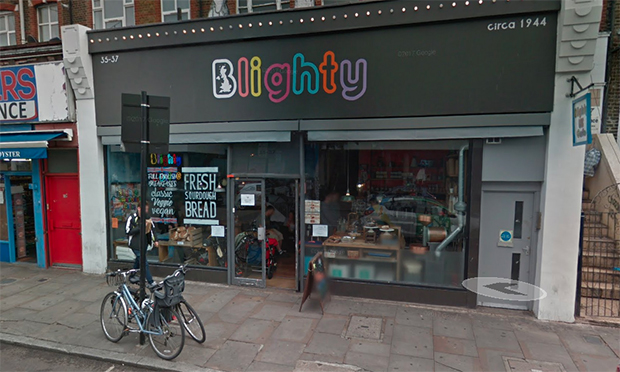
Blighty UK in Finsbury Park. Photograph: Google Streetview
We couldn’t have had a more auspicious start to a 2018 dominated by Brexit, the Windrush immigration scandal and political divisions across the globe.
In January, Blighty – a Churchill-themed café in Finsbury Park – found itself at the centre of a war between left and right.
After it was vandalised by campaigners who accused it of celebrating colonialism, none other than Boris Johnson, darling of Brexiteers and provocateur-for-hire, leapt to its defence, calling it a “disgraceful attack on our finest ever wartime leader”.
It was the perfect omen for the months that followed – trenches dug, as political opponents fought it out, with as well as against one other, while cracks in the country grew ever deeper beneath them.
Hackney was no different, with the Town Hall blaming Tory austerity for its decision to cut council tax support, although feisty criticism eventually forced the borough’s mayor, Philip Glanville, to take a softer swing of the axe.
Despite the foreboding start to the year, and foreboding it was, positive news was on the horizon, particularly in the community’s and council’s approaches to the environment.
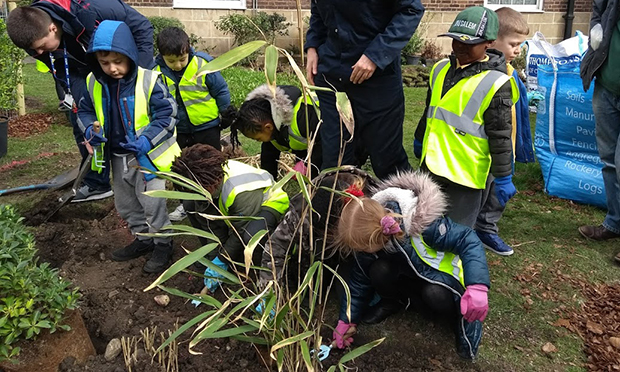
Tree-mendous: primary school pupils get digging on Stamford Hill Estate. Photograph: FOSH
The Town Hall announced that recycling rates in the borough were higher than ever, and go-getters on Stamford Hill Estate won funding for a batch of trees, which they went on to plant later in the year.
The popular Arcola Theatre also got in on the act – picking up a sustainability award which recognised its commitment to staging plays in as eco-friendly a venue as possible.
February saw heated arguments between the council and campaigners over the redevelopment of the Britannia Leisure Centre and road closure plans in Stoke Newington.
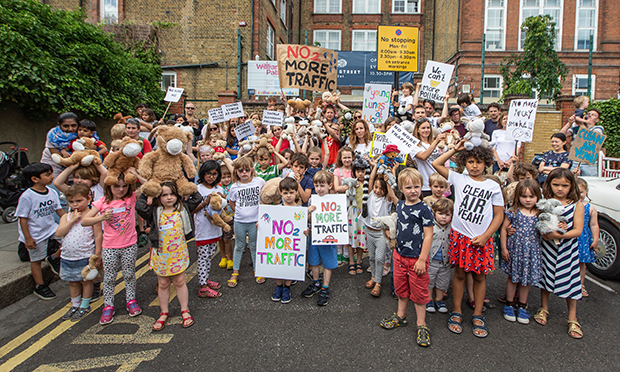
Protest: William Patten pupils take a stand against air pollution. Photograph: Jamie Smith
The latter turned out to be the first scrap in a year-long conflict between primary school parents and politicians over air pollution on Church Street, and a strange anomaly in the council’s otherwise progressive decisions to make the air cleaner for everyone across the borough.
It was helped in that drive by many green-minded residents, perhaps best epitomised by local law firm ClientEarth, which in March won a third court battle against the government over its failure to come up with a proper plan to tackle air pollution.
Cycling rates in the borough also hit a high, and the council adopted the full definition of anti-semitism, showing more foresight than the national Labour Party, whose initial refusal to accept it turned into a full-blown scandal.
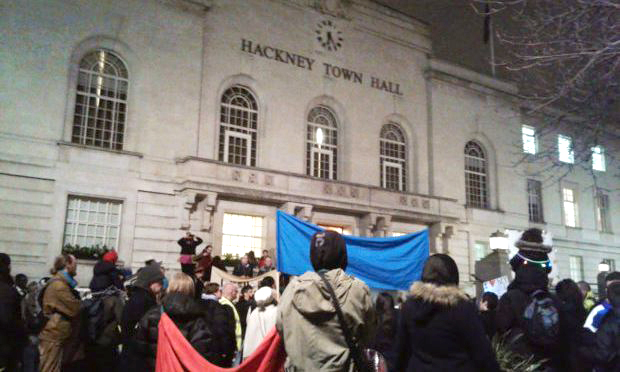
Outcry: children protest SEND changes outside Hackney Town Hall. Photograph: Hackney Citizen
There were, however, vociferous protests over cuts to special educational needs funding, with campaigners eventually launching a judicial review into the council’s decision, and a devastating oil spill saw wildlife evacuated from the River Lea.
Campaigning for local and mayoral elections began in April, and unsurprisingly didn’t do much to heal the gaping wounds opened up by Brexit.
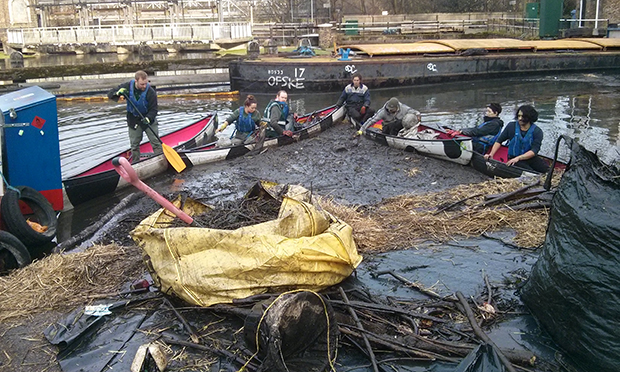
Clean-up effort: volunteers tackle the River Lea oil spill. Photograph: Lea Boaters Collective
It wasn’t just in the river where toxicity was still flowing, with an otherwise respectfully fought election marred by flare-ups over antisemitism and Islamophobia.
It was also the month that the Windrush scandal claimed the scalp of then Home Secretary Amber Rudd, as the government’s hostile environment policies came under increased scrutiny.
In other news, the council announced new powers to combat rogue landlords, and pledged to divest half of its pension fund’s investments in fossil fuels over the coming years – a welcome move, although campaigners think it could go even further.
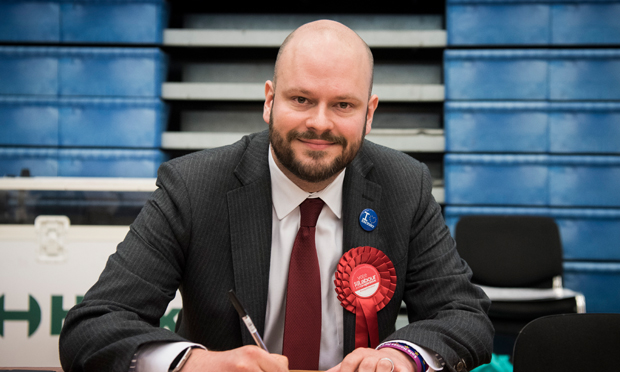
Mayor Philip Glanville. Photograph: Hackney Council
May’s election results threw up few surprises, with Labour’s Philip Glanville re-elected by a landslide and the party maintaining a strong hold over the borough.
A memorable ‘Three Billboards’ homelessness campaign run by St Mary’s Church offered a symbol of the challenges Glanville is up against, particularly in the face of further, swingeing budget cuts.
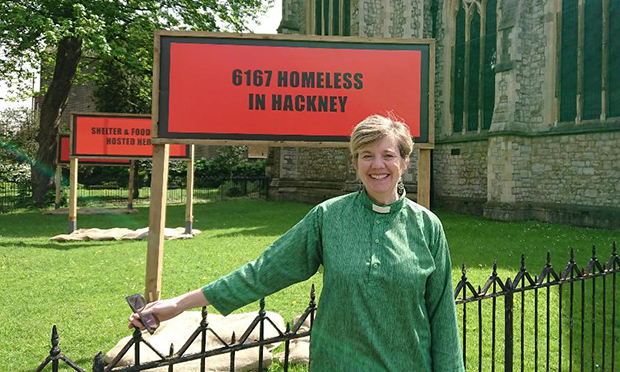
Film fan: Rev Dilly Baker in front of the billboards. Photograph: St Mary’s
But the announcement of more electric vehicle charging points across Hackney continued the council’s admirable focus on green policies.
The housing crisis again came into sharp focus in June with the Town Hall’s heavy-handed eviction of two homeless men who had pitched up tents on Mare Street.
News that the sale of £1 million homes in Hackney has risen steeply served as a pointed reminder of growing inequality.
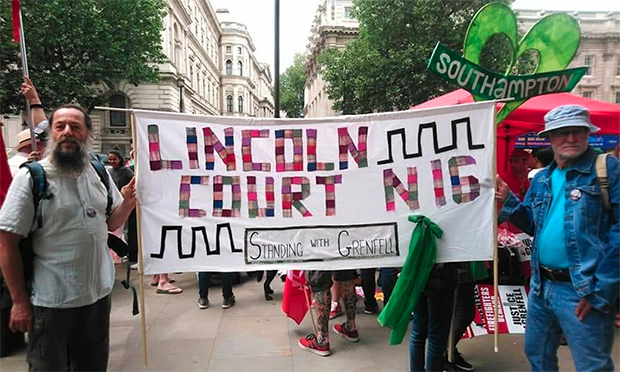
Fire safety: Lincoln Court residents at last week’s Justice for Grenfell march. Photograph: Garry Saunders
Solemn marches in London marked the anniversary of the Grenfell Tower fire, and in Hackney, questions were raised about the speed with which safety issues are being dealt with, as well as the performance of contractors chosen by the council to replace cladding at Lincoln Court.
Again, there were still glimmers in the gloom.
A local brain injury charity launched a beautiful magazine, youth theatre company Hackney Shed unveiled a new branch to cater to older teenagers, and campaigners who have fought a long battle to have a statue of Mary Wollstonecraft erected in the borough chose their winning design.
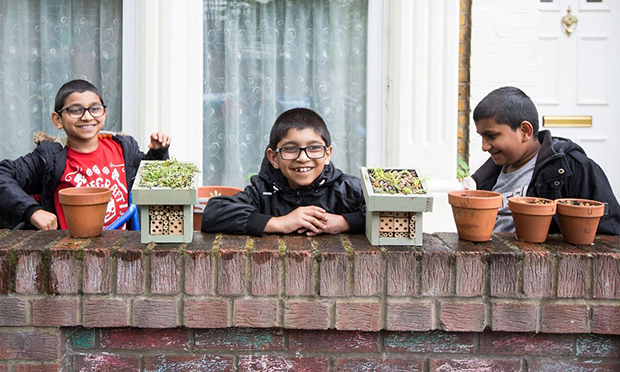
Community: the project is supported by residents, schools and the council. Photograph: 10xGreener
July saw the Citizen celebrate its ten-year anniversary, and the paper was pleased to report on a council policy to make sure nests for swifts are given consideration in planning.
Petchey Academy’s amateur beekeepers made sure that members of another under-threat species were being well looked after in their school rooftop hive.
However, the accidental death ruling in the case of Rashan Charles, uproar over a decision to build on a community garden and the sell-off of railway arches ensured that local tensions were never far from the mind.
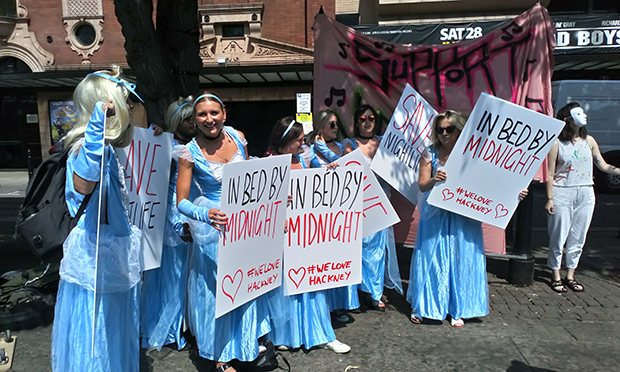
Going to the ball: Cinderella protesters at Hackney Town Hall
A bafflingly unpopular decision by the council to introduce strict conditions on late licences in Shoreditch brought protesters dressed up as Cinderellas to the Town Hall in August.
And the revelation that Homerton Hospital is struggling to fill nursing vacancies gave an insight into the impact Brexit is having on the borough.
Those who care about the environment were again given some succour, with the council announcing a record number of Green Flag awards for Hackney’s parks and community gardeners joining forces to launch a manifesto aimed at protecting local green spaces.
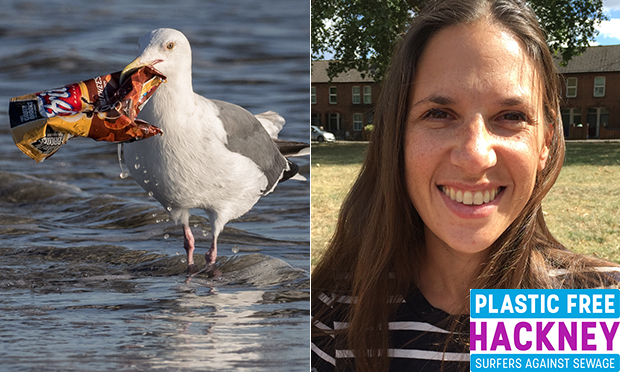
L: seagull with plastic wrapper. Photograph: Ingrid Taylar / Flickr. R: Bettina Maidment of Plastic Free Hackney
That positivity continued into September, with the Town Hall committing to reducing the amount of controversial glyphosate weedkiller it sprays around the borough.
The month also saw the launch of the Plastic-Free Hackney campaign, which is hoping to persuade the public and politicians to make the borough the UK’s first zero-waste zone.
The council was quick to the punch, revealing that plans were already in place to cut its own plastic use, as well as policies and campaigns, such as a free refill network, to help residents do the same.
One of the most popular decisions of the year was made with the council’s passing of a motion in support of the Windrush generation – the first local authority anywhere in the country to do so.
However, political conflict was not far away, with a branch of the local Labour Party hit by accusations of anti-semitism from long-standing member Rabbi Pinter.
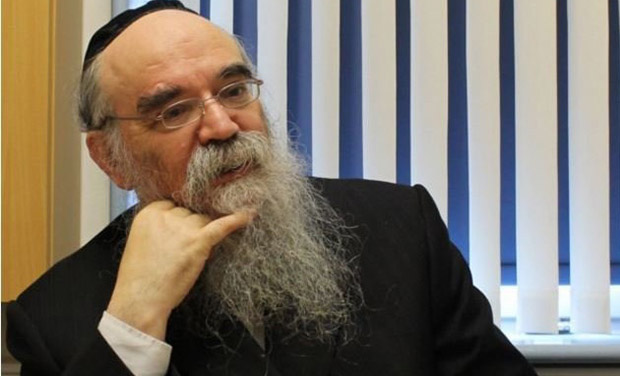
Rabbi Pinter. Photograph: Hackney Council
October painted a sorry picture of Britain in 2018.
News that children of immigrants are being refused free school meals shocked the borough, including Mayor Glanville and local MP Diane Abbott, who vowed to do what they could to stop it happening.
It was compounded by reports that homeless people in Hackney are increasingly being sent to live in hostels outside the borough.
Both stories were a sign that the country’s welfare systems are creaking loudly.
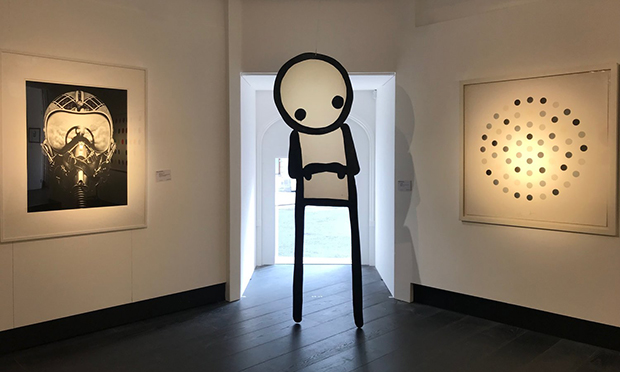
Up on the Roof by Stik at Christie’s auction house. Photograph: courtesy of the artist
The need for people like street artist Stik, who donated £150,000 from the sale of his sculpture to a local homeless charity, has never been more evident.
And the launch of Black History Month provided a welcome reminder of the compassion and togetherness this borough is capable of.
As if the political atmosphere wasn’t poisonous enough, contractors in November accidentally let loose nausea-inducing fumes into the air from a Hackney Wick building site.
The council also came under fire for trialling the use of murky software that uses its citizens’ data to profile troubled families.
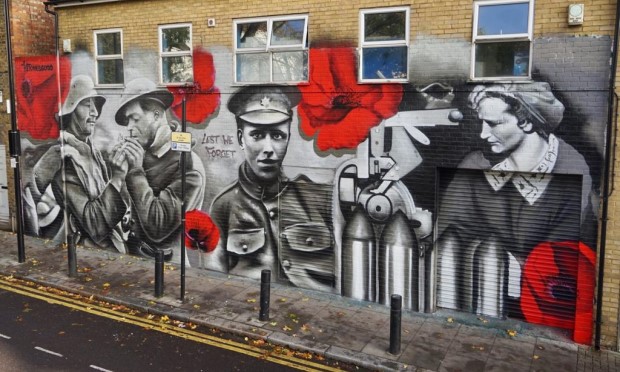
The Remembrance Day mural in Shoreditch. Photograph: Blank Walls
A plaque unveiled for the creator of the peace symbol on Blackstock Road, and a mural in Shoreditch to mark 100 years since the end of the First World War were timely reminders of those fighting for good in the world.
Another example of that was the start of the fifth Winter Toy Appeal, run by local volunteers – it eventually collected toys for more than 4,000 children in time for Christmas.
Hackney’s popular vegan market also showed the movement’s further burst into the mainstream by becoming the first regular weekend market for vegans anywhere in the world.
A row over a Home Office official being stationed at Hackney Town Hall, fears over the borough’s food supply post-Brexit, and the revelation that a huge development of Woodberry Down Estate will lead to a loss of social rent homes brought a politically dispiriting year to a fitting close in December.
The council’s commitment to making sure it gets half of its power from renewable sources was a nice pick-me-up, as were the appointment of the UK’s first postcode gardener in Homerton and the continued good work of local charities, despite austerity and the uncertainty of an impending Brexit weighing them down further.
But isn’t it at least comforting to know that, when you zoom out and look at the bigger picture, at a planet whose very existence is in jeopardy, that no matter how wide the cracks, how divided the nation, how hostile the environment, in Hackney, both the community and those running it are doing their best to ensure that we actually have a Blighty to fight over?
And if we do “fall off the cliff” in March, keep in mind that there is still a cliff, and as long as that’s the case, there’s a way back up.
Happy 2019!
